What Are Trigger Points?
The term trigger points (myofascial trigger point) was first used by American Physician Dr. Janet Travell in 1942. She wrote many papers on trigger points that are still considered to be some of the most detailed resources on the subject to date.
Lots of research has been carried out to figure out exactly what trigger points are and what constitutes them. There aren’t any definite answers as the opinions of practitioners differ on this. The word myofascial means: muscle (myo) and fascia (fascia) would suggest that trigger points are located within skeletal muscle.
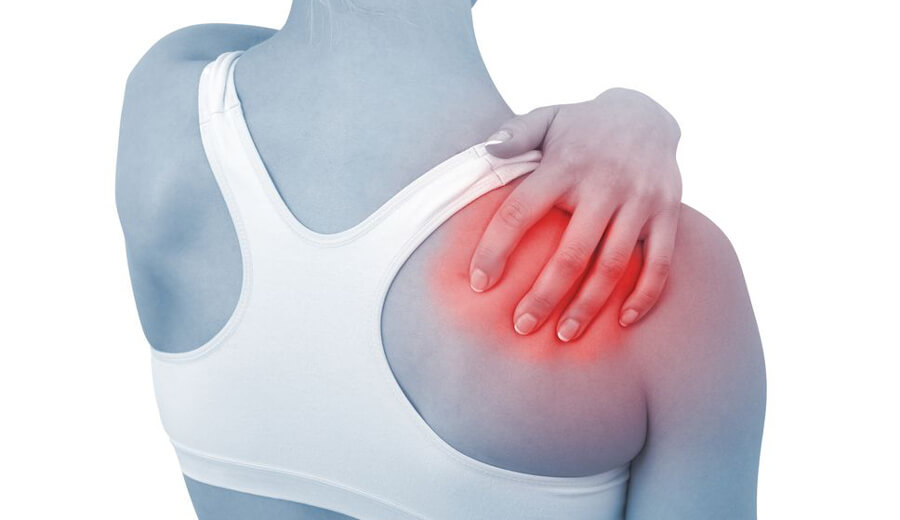
According to the theory of Dr. Janet Travell, trigger points are described as hyperirritable spots in the fascia surrounding skeletal muscle. Stating in another way, Trigger points are tender spots which trigger pain and discomfort.
We all experience this tender or sore spots at one time or the other, mostly in the lower back and shoulder and neck region. Patients usually experience problems with stubborn and unexplained aching and stiffness. It can be centered on a single muscle or muscle group, and the pain is normally persistent and can worsen over time.
Causes & Symptoms Of Trigger Points
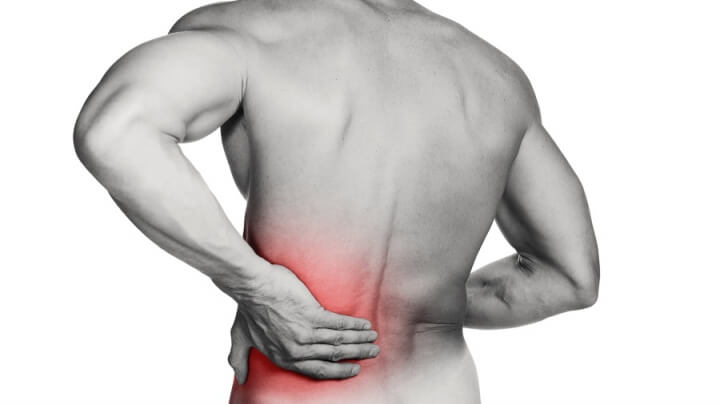
- Injury
- Excessive strain on a particular muscle group.
- Repetitive movements
- Fatigue
- Lack of activity
- Habitually poor posture due to our sedentary lifestyles
- Muscle stiffness
- Deep pain localize in the muscle
- Stiffness of the joint near the pain site
- Pains that worsens over time
- Difficulty sleeping
What Are The Disadvantages Of Trigger Points ?
The effects of trigger points can be complicated and serious. Because they can factor into common medical complaints like aches and pains. They are also key factors in headaches, neck pain, back pain, should pain and much more.
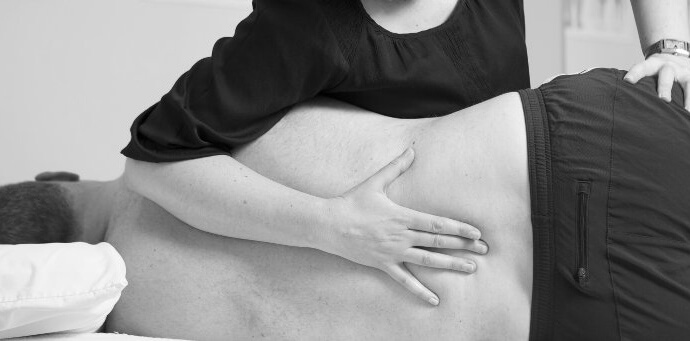
Trigger points majorly affect the body in the following ways:
- Cause pain:
Trigger Points causes pain directly. Trigger points are a natural part of muscle tissue, and just as everyone gets pimples, it’s most likely that one experiences trigger points sooner or later.
- Complicates other pains:
Trigger point complicates injuries and other common pain one experiences like aches. They make other pains worse and could eventually overshadow them. Areas close to triggering points may experience referred pain.
- Imitates other problems:
Trigger points mimic the symptoms of other common pains experienced in the body. Often escaping unsuspecting health professional during diagnostics.
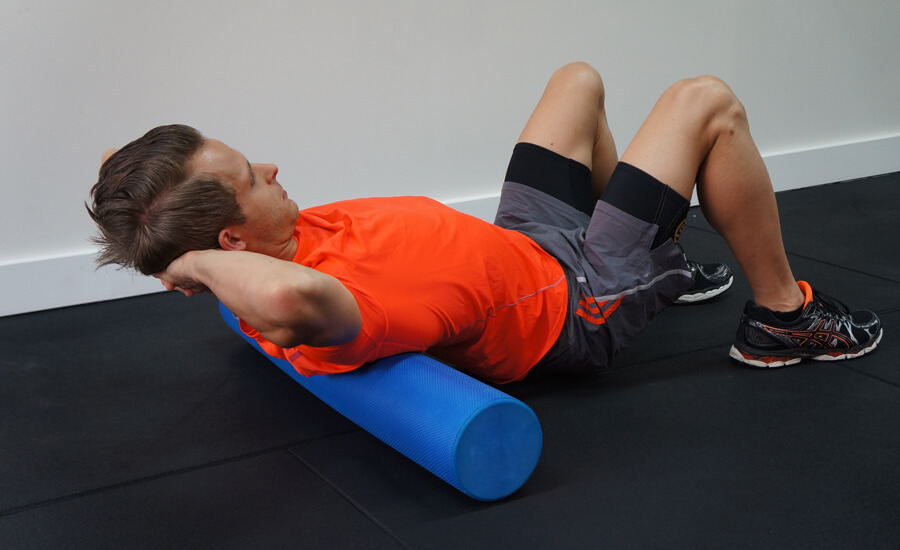
How To Deal With Trigger Points?
Anxiety, stress and fatigue are common signs of the body being overworked. The body reacts to this by tightly contracting the muscles and eventually, bands or knots form in the muscle tissues which cannot release on their own. These painfully tight spots are known as trigger points. Trigger points can transfer pain to other parts of the body and result in fatigue and insomnia. If these trigger points are not released, they worsen over time and may result in functional problems.
Most persons believe the solution to stress-related trigger points is a professional massage. However, there is no point spending hundreds of dollars on a professional massage when you can do so with a foam roller. With the right tools and only 15 minutes a day, you can relieve stress-related trigger points, release your muscles and sleep better at night.
Foam rollers come in a variety of materials and sizes. Foam rollers either come soft or hard. Soft foam rollers work on the superficial muscles while hard foam rollers work deeper into the muscle tissue. Long foam rollers can work the full length of the spine while short foam rollers work well for mobility exercises. Good foam rollers are textured to mimic the feeling of a massage therapist’s hand.
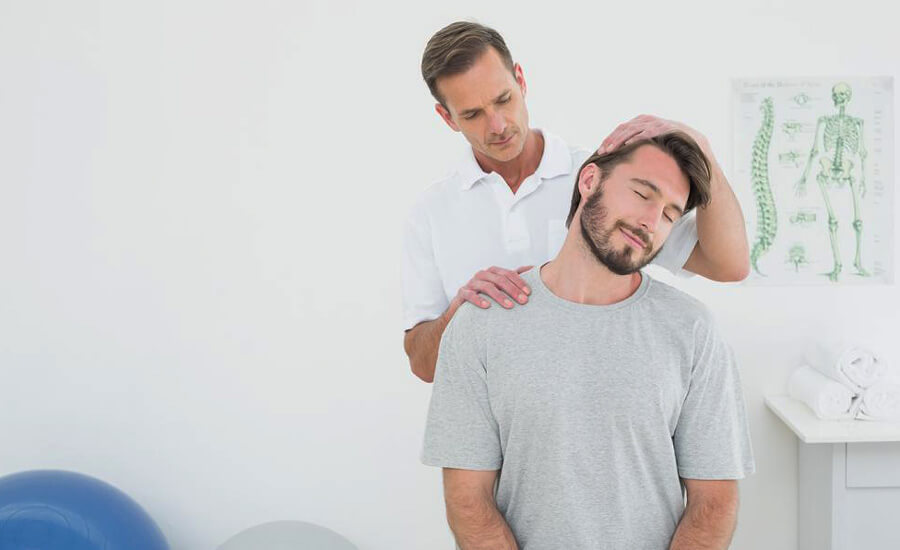
To release trigger points, below are some simple exercise which you can do:
- SPINE ROLL RELEASE
- MID/UPPER BACK RELEASE
- NECK RELEASE
- ASSISTED CHILD POSE
- ASSISTED PIGEON STRETCH


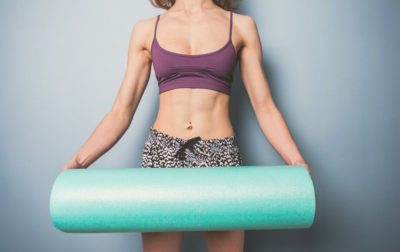
Leave A Comment